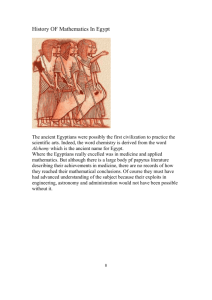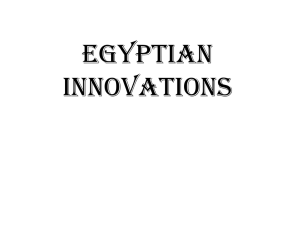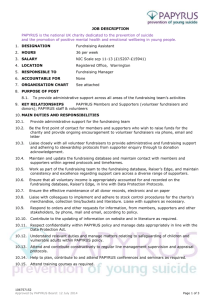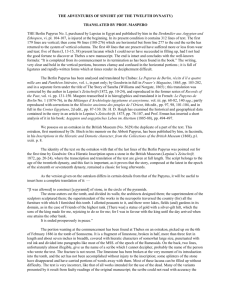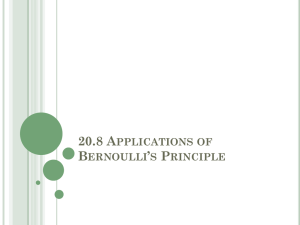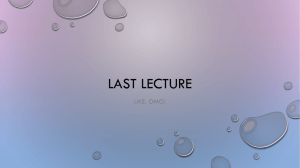Natural Selection Lab
advertisement
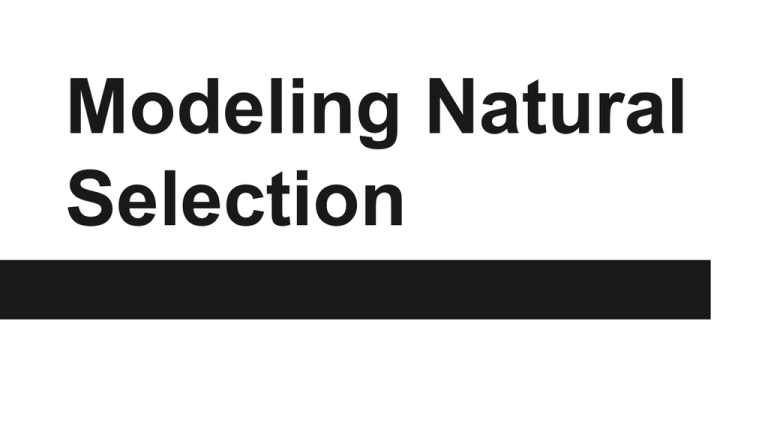
Modeling Natural Selection Laboratory You will be working with an Egyptian origami bird (Avis papyrus) to demonstrate Natural selection. Avis Papyrus ● Origami bird that lives in the dry regions of North Africa ● Only birds that fly long distances between water sources will live long enough to breed To Fly or not to Fly What phenotypical traits do you think can change to help the Avis Papyrus become more fit? What phenotypical traits do you think can change to make the Avis Papyrus weaker? Create a Hypothesis Create a hypothesis for each scenario: 1. If the wings move closer to the head or tail 2. If the wings move further from the head or tail 3. If the wings increase in size (circumference) 4. If the wings decrease in size (circumference) 5. If the wings get thinner 6. If the wings get fatter Procedures Avis Papyrus 1. Cut two strips of paper, 3x20 (cm) each 2. Make a loop with one strip letting the paper overlap by 1 cm and tape the loop closed To make Avis Papyrus 3. Repeat for the other strip 4. Tape one loop 3 cm from each end of the straw 5. (If there is time) Test the Avis Papyrus Procedures for testing ● In your group choose one person to throw your bird ● The second person in your group will record data ● When throwing your bird, throw it like you are throwing a dart Procedures for testing ● Test your bird 4 times and measure each throw ● Take the average of your throw ● Record your average in your data table ● Go to the mutation station and create the first offspring Mutation table Coin Flip: Heads: Change the front wing Tails: Change the back wing Die Roll: 1) Make Circumference 2 cm smaller 2) Make Circumference 2 cm larger 3) Make wing 1 cm thinner 4) Mke wing 1 cm Thicker 5) Move wing 1 cm from the end 6) Move wing 1 cm towards the end New Mutation Big beak vs Small beak Heads: Big beak Tails: Small beak


